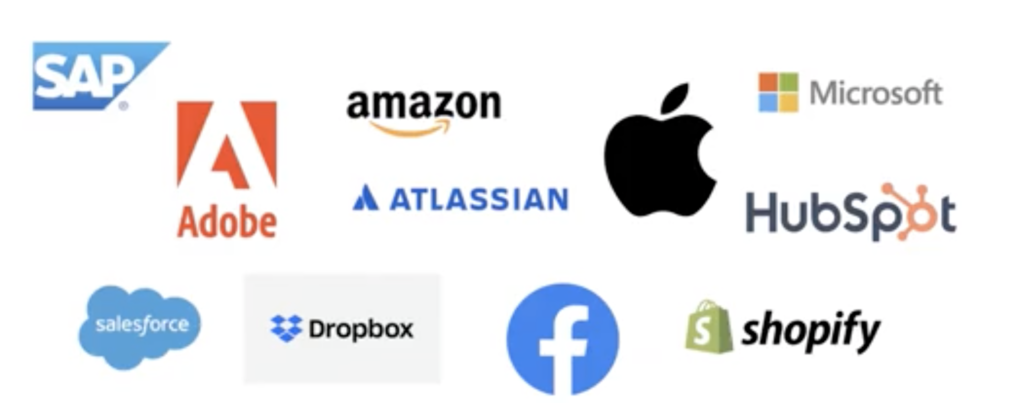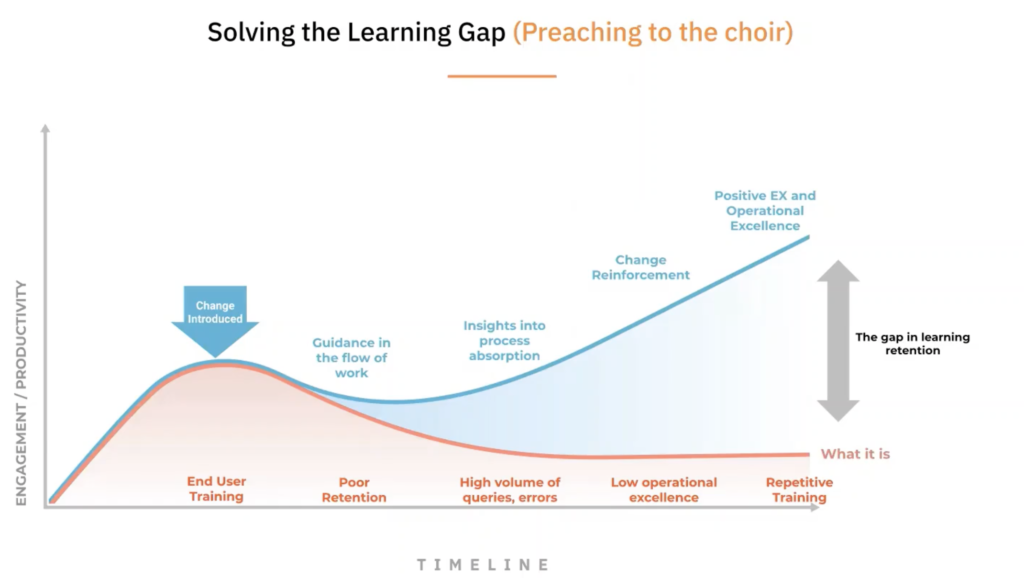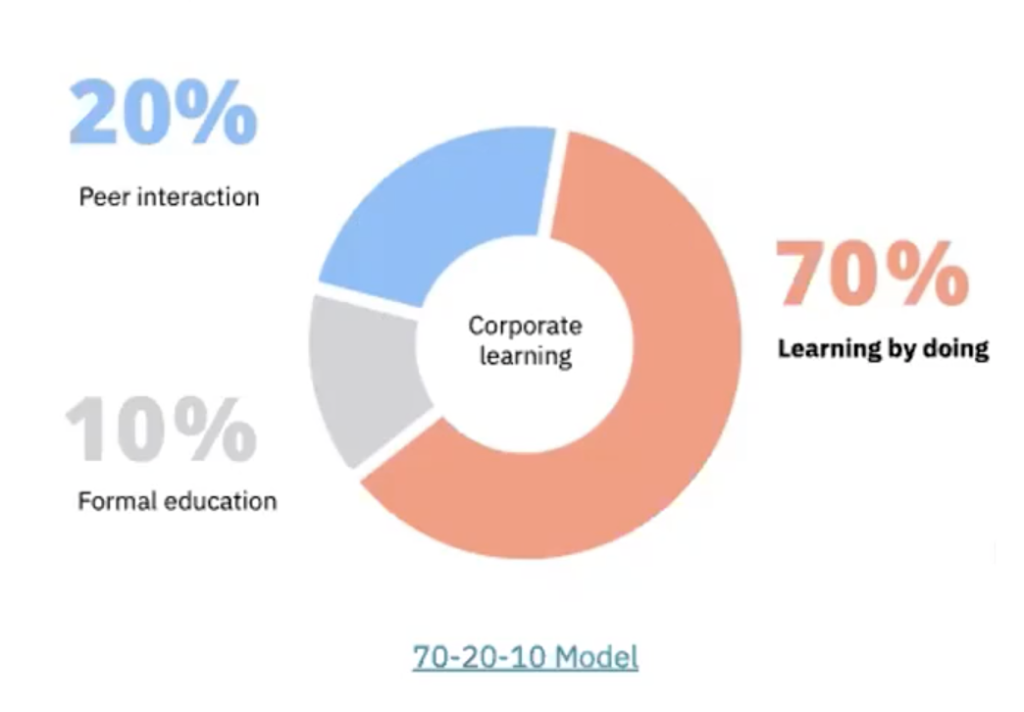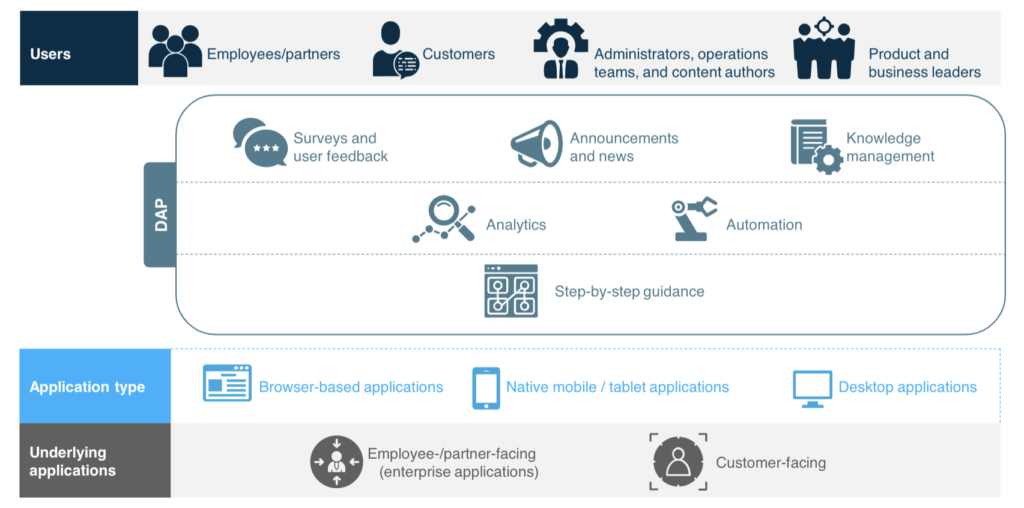Many businesses are transitioning from on-premise systems to cloud-based apps. When a pandemic hit, many businesses started investing in collaborative software considering the fact it is going to be the future of work. Your MS teams and numerous tools are connected to the Zoom with which you are currently connected. COVID-19 being one of the catalysts, the overall experience has hastened the digital adoption process. As a result, consumers are increasingly concentrating on all that could be available to them at the touch of a button.
If we look at the worldwide market area at this moment in time, $500 billion is spent across companies only on software applications. On average, any corporate organization will use about 1000 applications for their consumers. As a result, more software leads to increased complexity and if your employees can’t grasp how to connect with these apps, your learning, training, and total investment in these apps will be a question mark.

Most importantly, the rise of cloud software has also resulted in one major challenge. Without proper knowledge of how to use the technologies that are supposed to propel us forward, they will essentially hold us back rather than propel us. Many large organizations have migrated to a hybrid work environment. So, in a hybrid work environment, where the learning experience has been effective, a blended learning model is followed, something that users can access when they’re inside a specific application, and so on.
Learners must rely on one another or someone else to grasp how processes work in a certain application, or a scenario. The reason for this is that when you look at the knowledge retention level of any user who completes a learning course, whether it’s a classroom training or an eLearning module, by the time they’ve gone through it and completed the task at hand, the end-users have already lost more than 60 to 70% of their knowledge. Finally, as a result of all of these factors coming together, we’ve observed a huge increase in help requests, with your end users contacting their subordinates, the training team, or specialized support staff to learn how to utilize the system. It could be a scenario-based learning process or an application training process for that matter. So these are the limitations found in traditional training approaches. Let us also embrace the fact that, there has been a significant change from passive to on-demand consumption.

There has been a significant change from passive to on-demand consumption. If I need to order something, I can actually open up my Uber app and get something from UberEATS. If I want to watch something specific, I can go to Netflix ahead of time. As a result, everything is available on-demand, when I need it as a consumer and this is true for any student within your ecosystem. As a result of everything being available more instant, users desire more contextual information rather than waiting for things to be made available to them, they prefer an experiencing environment. Given the current state of the application ecosystem, we as humans must improve our understanding of applications. Whereas things should be going the other way, now is the moment for applications to learn more about humans. And this is one of the reasons why digital adoption solutions are so important. When we talk about reinventing employee training, if you look at the 70 20 10 training model closely, you’ll notice that 70% of users want to learn while doing the activities at hand. Formal education accounts for 10% of the total.

Today’s focus is on application training, which is where digital adoption comes into play, because users want just enough information, in bite-size chunks, at the exact moment they need it. More importantly, it needs to be contextualized for them. If you use traditional learning methods, there will be an instructional designer, a graphic designer, and a programmer. If you use rapid authoring tools, there will be an instructional designer, a graphic designer, and a programmer. Alternatively, if you’re creating content with bespoke HTML5, you’re well aware that the process will take a long time. When we look at a digital adoption platform, however, the dependency is considerably lower, and the time it takes to produce your learning modules is also a lot lower. You can, release training material to end-users in much less time than any of these ways.
One type of application will be for customers, in which case companies will focus on training their customers on the application so that they understand how to utilize it. The second category includes software designed for internal users or employees, such as CRM, SCM, project management, timesheet management, and so on. The second section you see is the users, which includes your employees, partners, and customers, as well as an administrator, team, and content providers.

So, on the traditional learning and development side, we find content authors, instructional designers, and so on, but when it comes to digital adoption, content authors and content creators are coined. Then there’ll be someone from the product side who knows all there is to know about the product, including the underlying application and the business executives who control it. In the middle, you’ll find the primary layer of the digital adoption platform, where you may give users step-by-step instructions based on their jobs and location. So, if a weepy learning and development employee logs into an HCM application or a learning management system, they will receive content tailored to their position. If a chief learning officer logs into the HCM tool, they’ll receive content tailored to their function, as opposed to someone going into our LMS from the sales side.
As long as the engagement continues, the learner’s lifecycle in the application continues. Users are onboarded in a well-defined manner with the help of a digital adoption platform, and they receive personalized and contextual help, which reduces support overheads by 45 to 60% automation of certain business processes to increase user productivity, and, most importantly, handling your change management processes. Wherein, you may be changing business processes as a result of a product update/release upgrading the underlying program or as a result of some internal business decisions made by the organization but with the help of a digital adoption platform, all of this can be simply managed.
Aniket Nikam is a senior digital adoption specialist at Whatfix. With a proven track record in client acquisition, pre-sales consulting, consultative selling, & account management across North America and EMEA.
Copyright © 2024 Whatfix. All rights reserved
This website is owned and operated by Whatfix Private Limited (Formerly known as Quicko Technosoft Labs Private Limited)